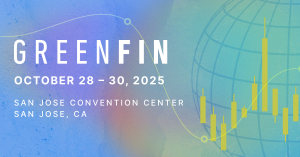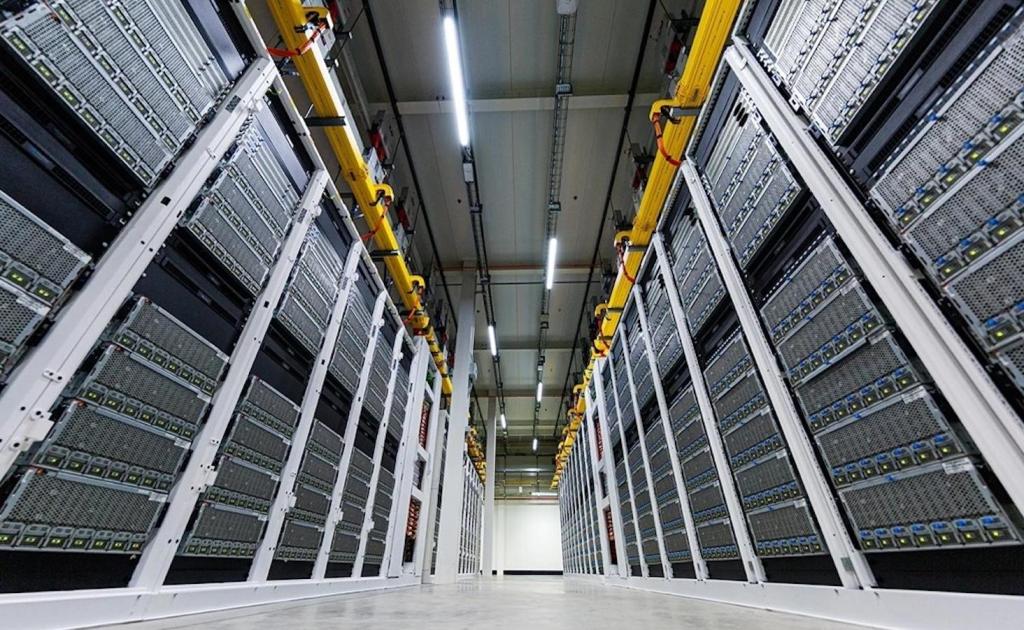What makes a sustainable product?
From 3M to Johnson & Johnson and BASF, companies define environmental impact in different ways. Read More
What makes a sustainable product? This is a question that many companies, consumers and governments are asking, and it is also the focus of a sustainability course I teach at the School of Industrial Design at Carleton University.
In that class, the first assignment requires the students to analyze a product that promotes its sustainability attributes. The task is to compare the brand owner or manufacturer’s performance claim(s) against the available literature on the impacts of the product system.
When the students report on their findings, they note a wide range of approaches and attributes being used by companies to promote their products as sustainable.
Some products are promoted based on their superior performance to competing products in life cycle assessment (LCA) studies. Others companies communicate their efforts to ensure responsible labor, community and worker health and safety practices throughout their products supply chain. Some document how their products are designed with careful attention to material selection, processes used, logistics optimization and packaging choices.
A few claim that they make a contribution to sustainable development through philanthropic efforts and product give-aways. Others focus in on single attributes such as the products carbon footprint, recycled content, and water or energy efficiency.
Overall the students find the claims match the product impacts about 20 percent of the time. This is not an impressive result and typically (but not always) it occurs when the product manufacturers is adhering to comprehensive, stakeholder driven standards and/or third party labels and certification schemes.
However, when I ask the students if they ever purchase products based on such schemes very few hands are raised. In part, this is because there is an overwhelming number of certification schemes and associated labels. In addition, students are like many consumers who do not take, or have, the time to understand these schemes and labels.
This has not hampered the growth of such schemes as there are an increasing number that incorporate either specific or multi-attribute environmental and social criteria. Well known examples include Forest Stewardship Council, Fairtrade, Marine Stewardship Council and Cradle2Cradle.
Some companies, particularly in the building and construction sector, also produce environmental product declarations (covering major life cycle impacts and other environmental data) and also health product declarations (providing ingredient/chemicals focused information).
These declarations are quite detailed and more business to business focused. Other companies have developed their own individualized approach (often with stakeholder input) for evaluating and improving sustainability performance.
Company approaches are tailored to their product portfolio and some of the many examples of company led initiatives include Johnson and Johnson’s Earthwards process, 3M’s Life Cycle Management approach, SC Johnson’s Greenlist process and BASF’s SEE Balance.
Collaborative initiatives
In addition to what is currently available, there are a variety of collaborative efforts to further define how we should measure the sustainability attributes of products. Many of these efforts are driven by the desire to consistently measure sustainability performance in order to facilitate the comparison of the sustainability performance of products and drive a competition to improve.
The European Union is currently undertaking a major initiative to define, test and refine the best methodology for measuring the environmental footprint of a product (PEF) and the organizations that produce them (OEF).
Organizations such as the Natural Step have developed sustainability life cycle assessment methods that incorporate more information than traditional life cycle assessments.
The Sustainability Consortium is a collaborative initiative working on measurement and reporting tools to advance sustainability of products. Industry groups such as the Sustainable Apparel Coalition have developed a suite of tools (the Higg Index) to measure different aspects of sustainability performance including a forthcoming product foot printing tool.
One of the more recent efforts is the UNEP/SETAC Life Cycle Initiative’s work to develop a hot spot analysis methodology to help organizations prioritize areas for action needed to improve the sustainability of a product category.
Checking the list
Almost all products have impacts — and, hopefully, benefits.
Even the tomatoes from my garden, which are ultra-local, organic, require no transportation, and are delicious. They do require some inputs (seeds, water) and have an impact on the soil that eventually requires the addition of organic material.
So when we talk about sustainability it is better to use it as a relative term that compares the environmental, social, technical and cost aspects of a product to a previous generation, a competitor or to an idealized or aspirational baseline or standard.
The attributes outlined below are complimentary to classical and more detailed eco-design and sustainable strategies, as defined by Han Brezit, Martin Charter and many others.

1. Resource base
The materials used in products come from a resource base, and the way those resources are managed, conserved or protected is a major contributor to the overall sustainability profile of a product.
It is important to carefully consider the type of resource as the main sustainability issues can vary. For wood fiber recycling is important but the management of the trees, land and soils to ensure soil preservation, reforestation and habitat conservation are critical. Wood, however, is different from metals.
This requires not only good mining practices, but more importantly (because of their fundamental properties) a focus on the management and availability of the resource across the full life cycle to ensure continual recovery, reuse and recycling. Similarly, plastics, bio-materials, Nano-particles and other materials also have their own unique sustainability considerations.
One needs to ask what the nature of the resource base is, and are the right sustainability aspects being considered and addressed in material selection.
Another important consideration here is natural capital and whether we drawing down on that capital too quickly or in ways that impinge upon future generations’ ability to have access to the resource.
2. Life cycle impacts and benefits
Typically, this involves quantifying a select group of impact categories and resource flows across the entire product system.
With the advent of the ISO standards on life cycle assessment a lot of data, tools and processes have been developed to measure the life cycle impacts.
Experience shows that this tool is best for understanding globally significant impacts, such as the contribution of the product system to climate change (through the release of greenhouse gases across the system) and readily quantifiable resource flows such as the amount of renewable and non-renewable primary energy consumed across the system or the amount of waste generated.
It is important to examine the life cycle impacts, particularly for climate change, but also to recognise that life cycle assessment study does not tell the full sustainability story.
3. Hazardous substances risks
Ideally, this involves the elimination of the use of hazardous substances at the design stage but currently many product systems (e.g., batteries, circuit boards, and compact fluorescent light bulbs) do incorporate hazardous or potentially hazardous substances.
For these products, it is important to understand how possible worker or consumer exposure to these substances is being managed and also how any potential releases of these substances to the environment are being managed. Whether hazardous substances are recovered safely is key.
4. Socio-economic factors
These factors incorporate a wide range of issues along the value chain of the product. This might include worker treatment and labor issues in upstream resource industries, fair allocation of revenues and profits with supply chain partners or avoidance of the use of child labor or conflict minerals.
The important aspect here is to determine if the key social and economic impacts and benefits are understood and whether appropriate standards are being met. Sometimes these standards are in a codes of conduct or ILO standards and sometimes they are contained in third-party certification schemes.
Like life cycle impacts, socio-economic attributes should be evaluated across the full product system from resource extraction through to production use and next life (sometimes called end of life but that term is a misnomer).
5. Total cost of ownership
Costs built into production are often left out of the price of a product. Total cost of ownership is about the true cost to the purchaser of owning the product taking into consideration a thorough range of cost categories such a waste disposal, product loss, worker health and safety, protective equipment requirements and many others.
Life cycle costs here are about the true cost of the often unpriced externalities (emissions) and free resources (air and sometimes water) that benefit the product system but that are a cost to society in one form or another.
Technical performance addresses the standard type of criteria that are often considered when evaluation a product such as is it fit for purpose and does it meet needed quality standards.
In the context of sustainability, technical performance also includes circularity; is the product designed to encourage reuse, recycling and remanufacturing or in the case of biological material ultimate return to the earth?
Issues such as aesthetics and obsolesce can also be important considerations.

Subscribe to Trellis Briefing
Featured Reports

Deploying Climate Tech at Scale







